Reviews
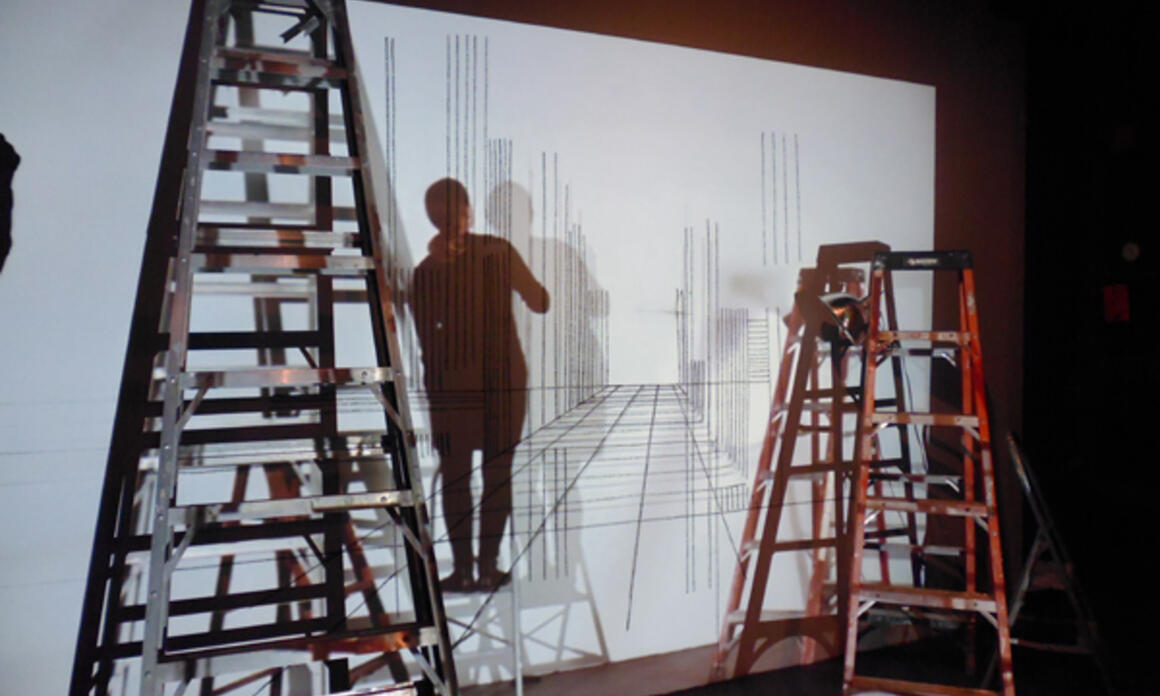
Carola Bravo
Carola Bravo’s video installations in “We Are Where We Are Not” bring to my mind a foundational moment in the history of this genre that did not take place in the field of art but in the field of literature.
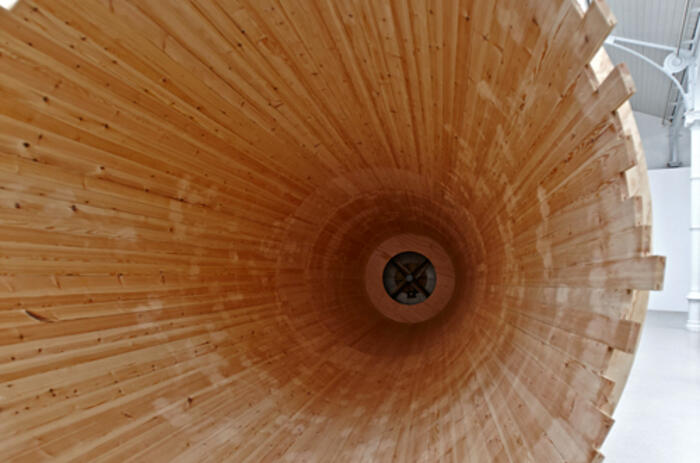
Cildo Meireles
It is a well-known fact that conceptual art cannot be understood without resorting to the essential structure it received from the most relevant authors of the revision of modernity carried out in the 1960s in Brazil.
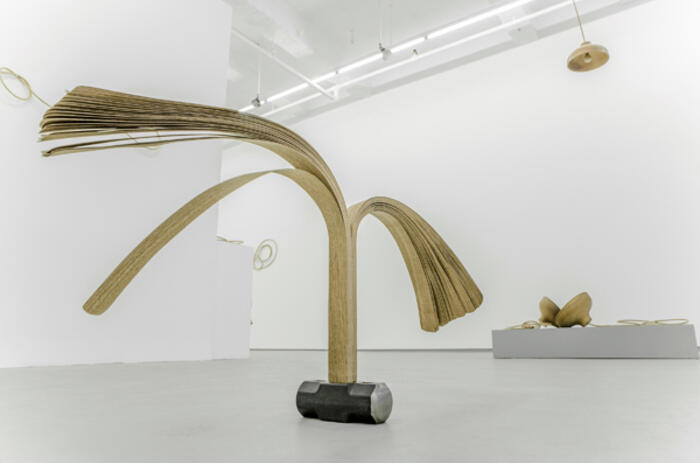
Diego Fernando Álvarez and María Paula Álvarez - Mangle
The exhibition Sinergia/Synergy at Magnan Metz Gallery, New York features a selection of hyper-real sculptural objects crafted by Colombian artists Diego Fernando Álvarez and Maria Paula Álvarez collectively known as Mangle.
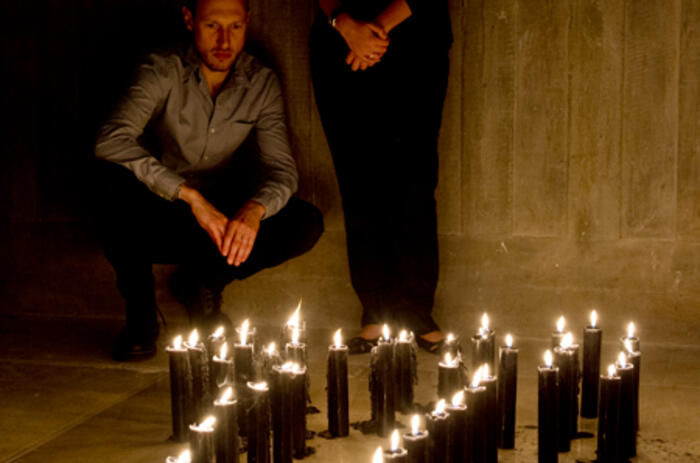
Ana Mendieta
Hayward Gallery, London, is presenting the first retrospective of the Cuban artist Ana Mendieta.
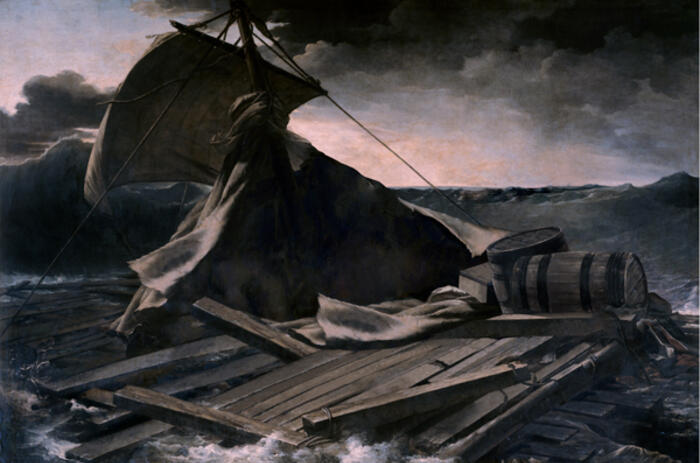
Concealed Spaces. José Manuel Ballester.
Postmodernism has legitimized appropriation as a creation method. The proposal of the Spanish artist José Manuel Ballester is inscribed, precisely, within this vision.
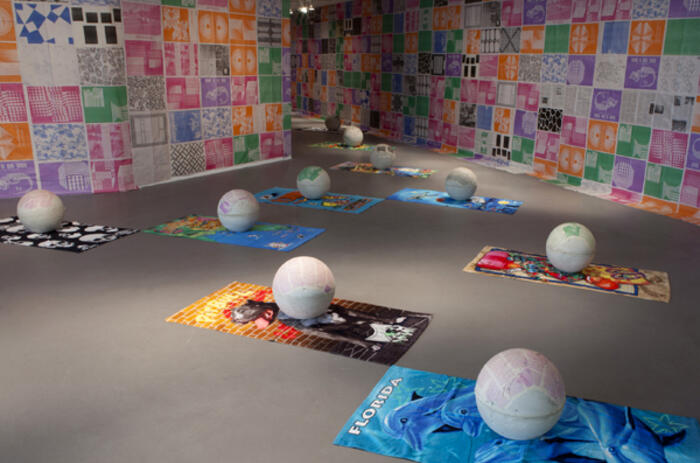
Gean Moreno and Ernesto Oroza
Gean Moreno and Ernesto Oroza are both Miami cultural heavyweights, and in their work together are known for curating, writing and research-driven artistic practice.
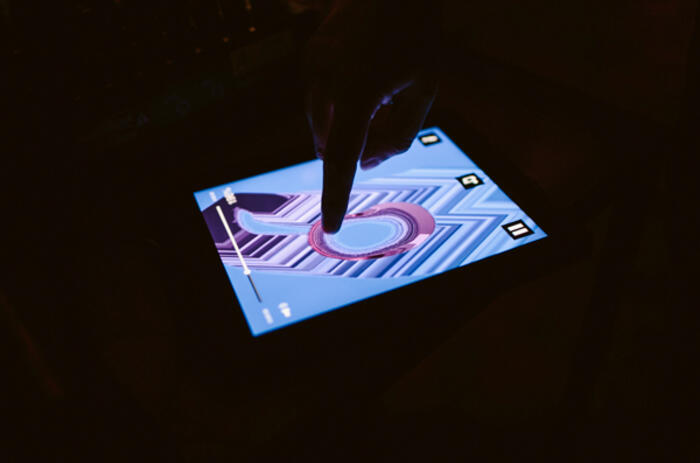
Nicolas Lobo
On August 1st, artist Nicolás Lobo and software developer Dylan Romer launched Purple-Goo, a sound-stretching application for iPhone and iPad. It allows users to extend a song up to 100,000 times.
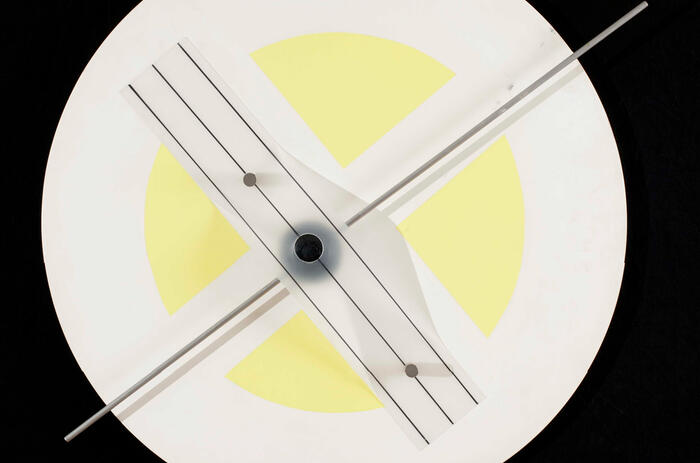
Carmelo Arden Quin
The political tensions between Argentina and Uruguay resulting from the establishment of a paper mill on a border river represent the worst of the civilization of the Río de la Plata region: pollution, antifraternal offences and unrest.
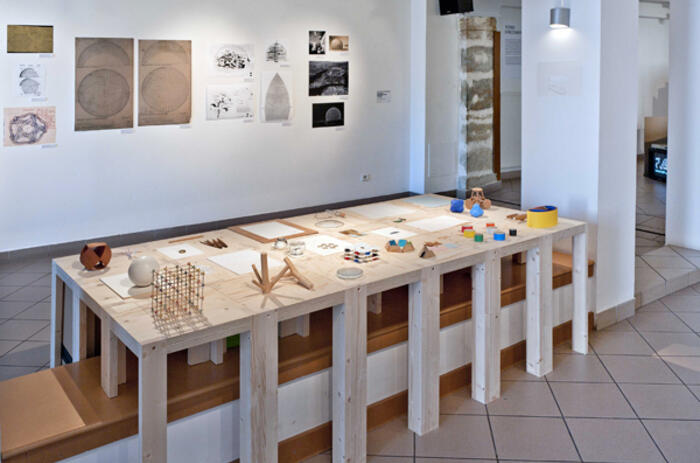
Nicolas Paris
For many of the people who are part of the field of art, the first artistic project that Nicolás Paris publicly inscribed in the world was the book Doblefaz, published in 2008.
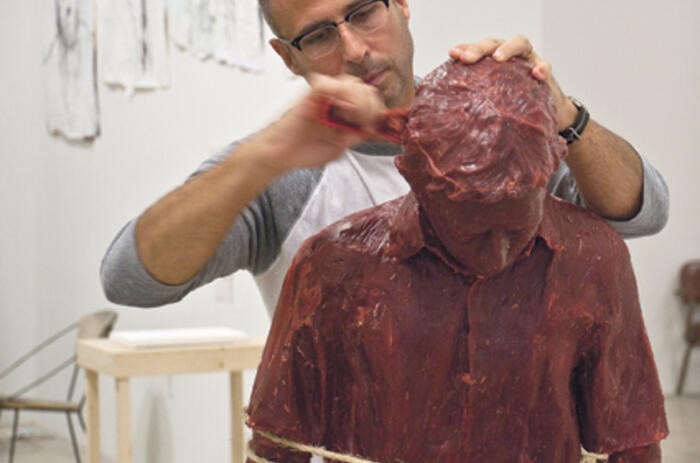
Enrique Martínez Celaya: From Cliché to Archetype
Enrique Martínez Celaya’s summer 2013 exhibition at SITE Santa Fe follows a 2011-12 installation of Schneebett (2004) at the Miami Art Museum, and provides an opportunity to survey his career.
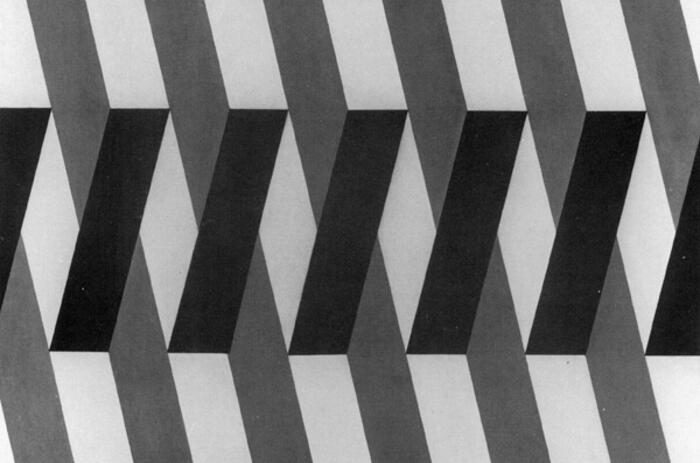
Waldemar Cordeiro
Ever since neoconcretism flooded the international art market, the world seems to have forgotten its earlier precursor. Waldemar Cordeiro, founder of the concrete movement in São Paulo, is now redimensioned in his historic relevance in an ample retrospective at Itaú Cultural, venue in the heart of the city where he created the Ruptura movement.
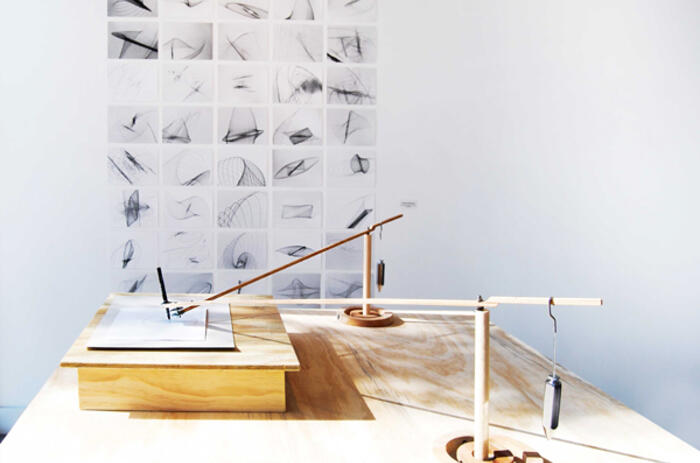
Patricia Belli
Patricia Belli (Nicaragua, 1964) explores the uncertain nature of existence through installations featuring machines that draw patterns of movement and objects that reflect the fragile construction of equilibrium.
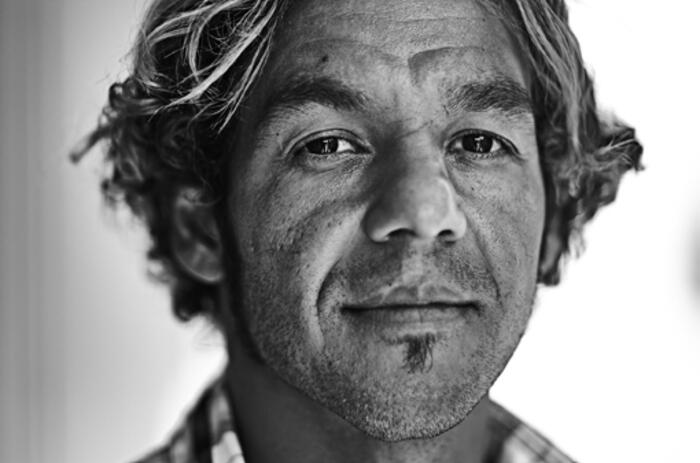
Simón Vega: When Worlds Meet
What does it feel like to be a Salvadoran artist in the midst of an international career, with a creative practice that is entrenched in notions and experiences of home?
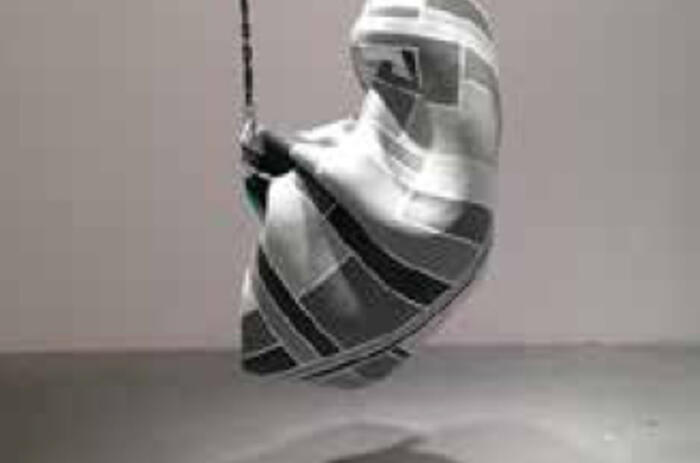
_After the Object_
Referencing the maxim “after the artist”, which means that the work produced is not the work of artist X’, but that the work is done as a copy of, or in the style of, artist X'; five Mexican artists, Mauricio Limón, Quirarte & Ornelas, Omar Rodríguez-Graham, Moza Saracho and Marela Zacarias, reflect on what the art object is in contemporary art.
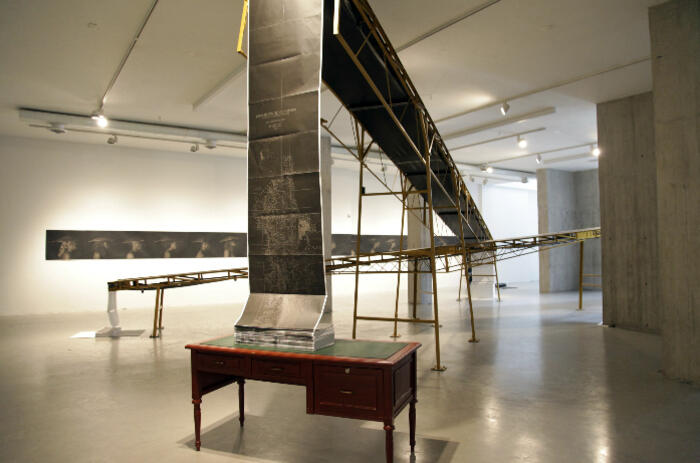
Eduard Moreno
The conquest of the land through opencast mining seems to be the point of departure for the reflections that Eduard Moreno’s current exhibition at NC Arte, curated by Conrado Uribe, propose.
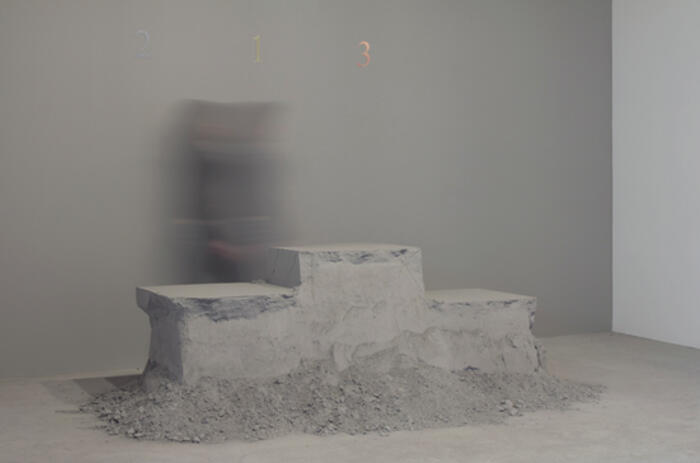
Lais Myrrha
Her works are somewhat an ode to instability. In grayscale and minimalist aesthetics, Lais Myrrha investigates a syndrome that corrodes Brazil since its inception as the project of a nation.
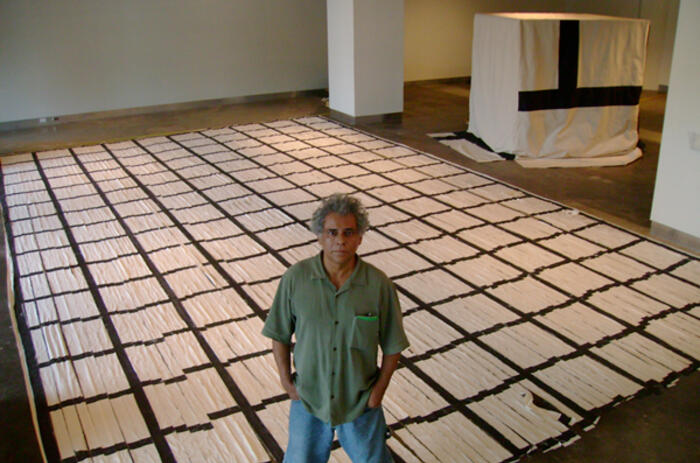
Eugenio Espinoza + Andrés Michelena
This tandem project was structured through the dialogue of certain bodies of the work of two Venezuelan artists belonging to different generations: Eugenio Espinoza (b. 1950) and Andrés Michelena (b. 1963).
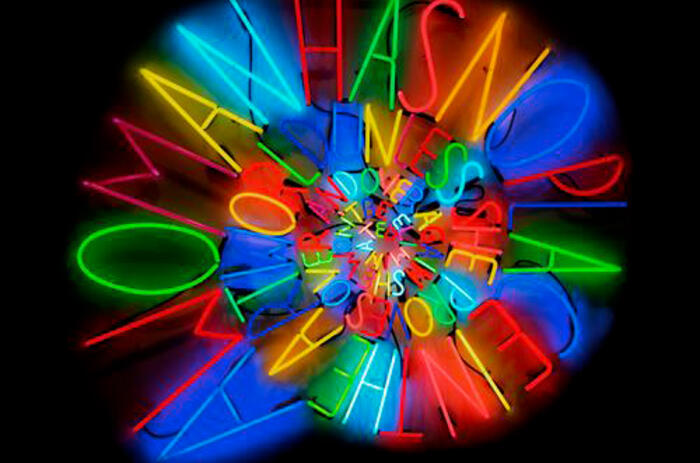
_Junkies’ Promises_
Even though there is no direct connection with the narrative from the original William Burroughs’s novel Junky, there are conceptual similarities related to the notion of survival that Iván Navarro (artist / curator) uses as tropes to describe artistic creation.
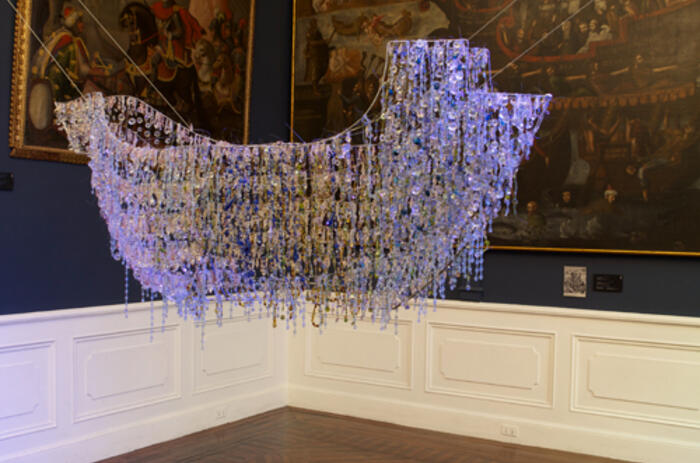
Cecilia Paredes
“De mil flechazos herido ” (“Wounded by a thousand arrow shots”), an allusion to a poem by Manuel González Prada, is the title of the intervention project presented by Cecilia Paredes at the Pedro de Osma Museum in Lima.
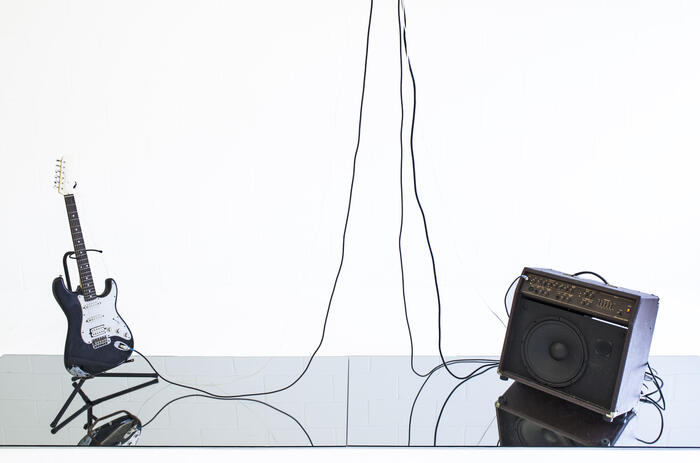
Richard Garet
Between March 2 and April 13, Julian Navarro presented the exhibition “Richard Garet: Extraneous to the Message” at Mandragoras Art Space in Long Island City, NY.
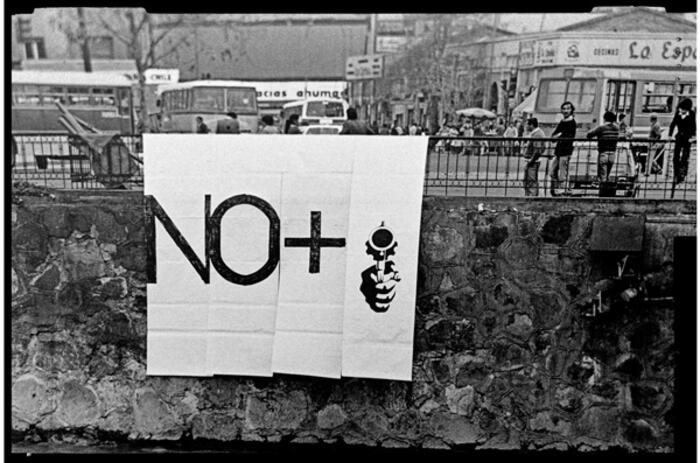
Lotty Rosenfeld. For a poetics of rebellion.
Still immersed in the repercussions of the recent discussions on museology and its capacity to reinvent itself in order to showcase the new media, different institutions have set out to plan exhibitions aimed at showing, more or less successfully, the recordings, archives, and actions of artists working with the most ephemeral artistic expressions.
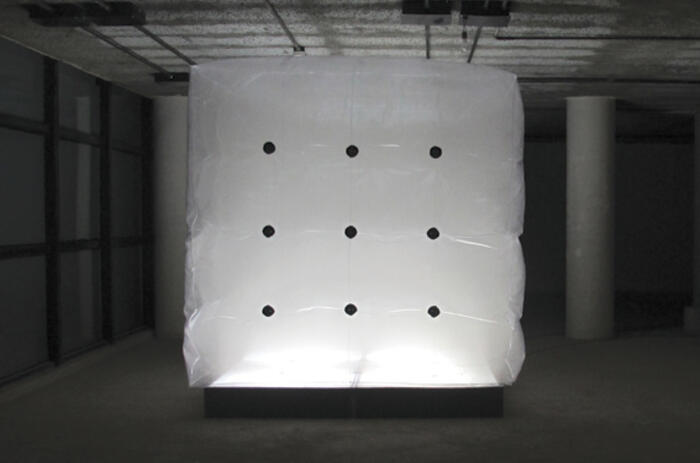
Di Pascuale, Mandrile, Castiñeira and Chalub
With the opening of the exhibitions of works by Lucas Di Pascuale, Cecilia Mandrile, Romina Castiñeira and Luli Chalub, Córdoba’s Gnaro Pérez Museum, which lodges an important local painting collection, implemented an interesting exchange between the pioneering painters in its permanent collection and some of the most refreshing referents of the new generation.
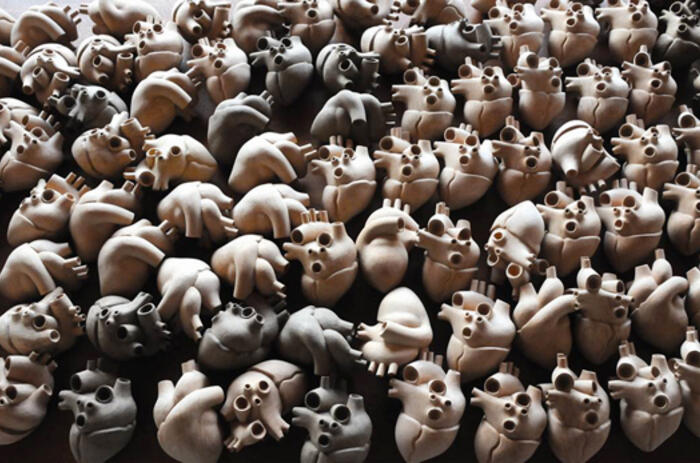
CHACO
The spacious Juan de Salazar Spanish Cultural Center in Asunción (Paraguay) hosts the group exhibition “Chaco [contemporary inventions]”, which alludes to the artistic fictions associated to the Great American Chaco region rather than to its geographical, historical and socio-political situation.
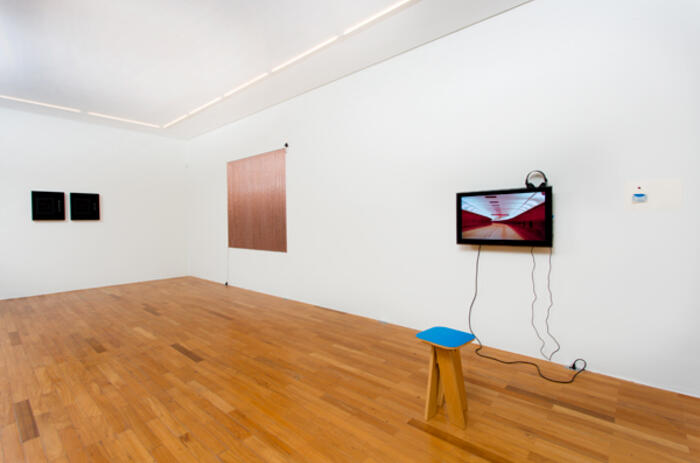
_Electric Blue Night_
It is hard to notice, but the entire room is covered by a light touch of green, a muted color that sprawls across the walls and drowns the space in a sort of reminiscence of natural environment.
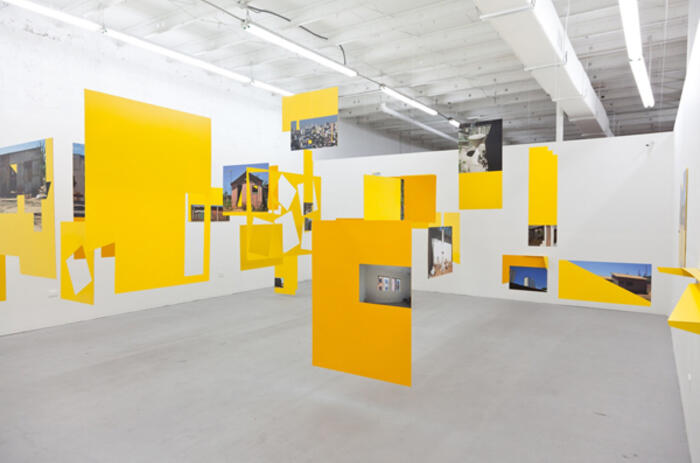
Sergio Vega
Sergio Vega (Argentina, 1959) is featuring the exhibition “Disassembling Paradise”. A paradise he alludes to through two of his series, “Parrot Color Charts” and “Shanty Nucleus After Derrida 2”.
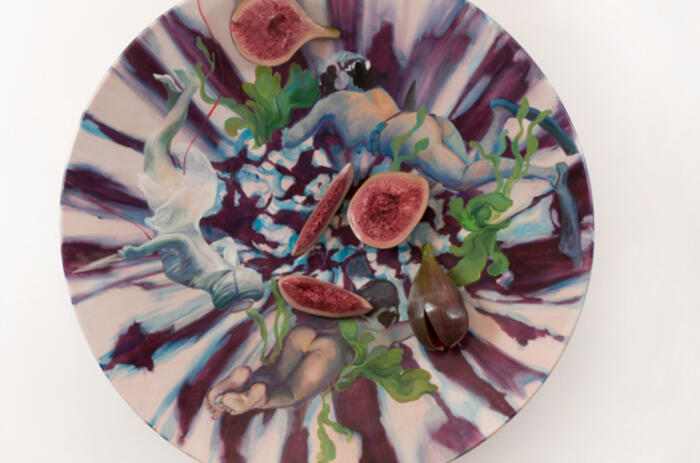
On Painting
At a time when painting as a method, and its validity, are questioned from different fronts, the emergence of voices that somehow oppose those critiques is not undesirable.
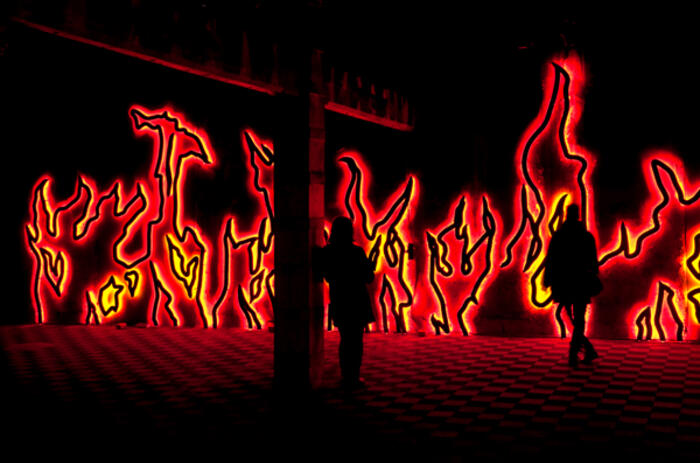
Los Carpinteros
That the nave of Matadero, where the program for the development of specific projects, “Abierto x obras”, takes place, is one of the most interesting points in the artistic panorama of Madrid is a fact that few people deny.
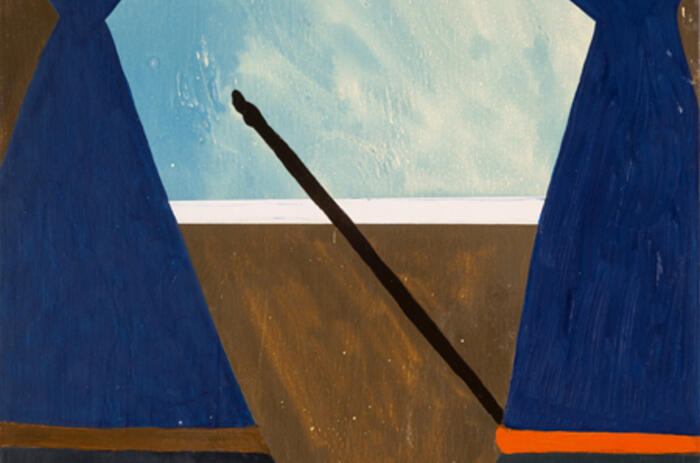
Hernán Salamanco
Hernán Salamanco (Buenos Aires, 1974) insists on the fact that “painting is before and above all, (…) above everything else”. Vida espiritual is the vibrant result of his conviction, displayed at Slyzmud, a gallery that has been running for little more than a year.
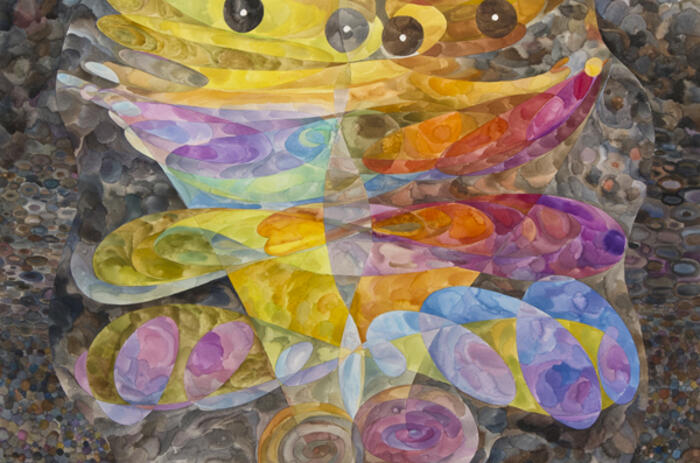
Mónica Girón
In Fronterizo y traslación, at ZavaletaLab gallery, Mónica Girón (Argentina, 1959) gathers together works from different series, which include volumes in grey granite as well as watercolors on paper, reflecting a formal difference balanced with refinement and conceptual affinity.
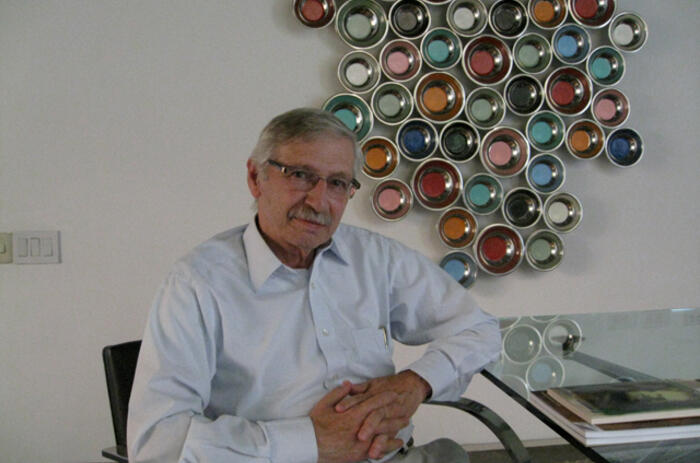
Santiago Cárdenas
We had our first approach to the work of Santiago Cárdenas (Colombia, 1937) in Bogotá –inspired by an article by Galaor Carbonell.
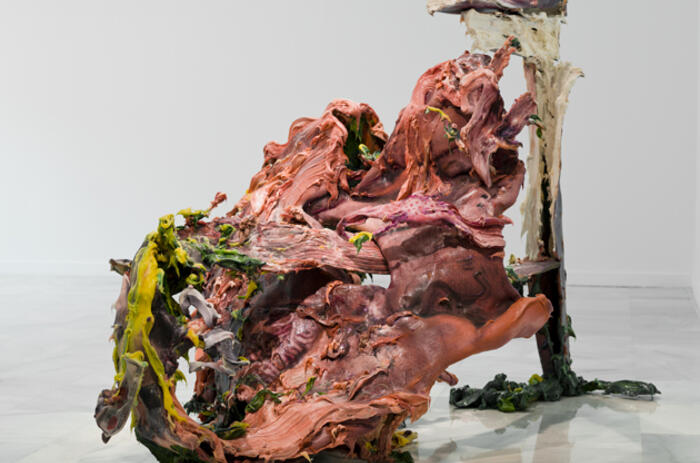
Fabián Marcaccio
Fabián Marcaccio (Rosario, Argentina, 1963) has deservedly established himself as one of the most evident renovators of the Latin American pictorial language.


